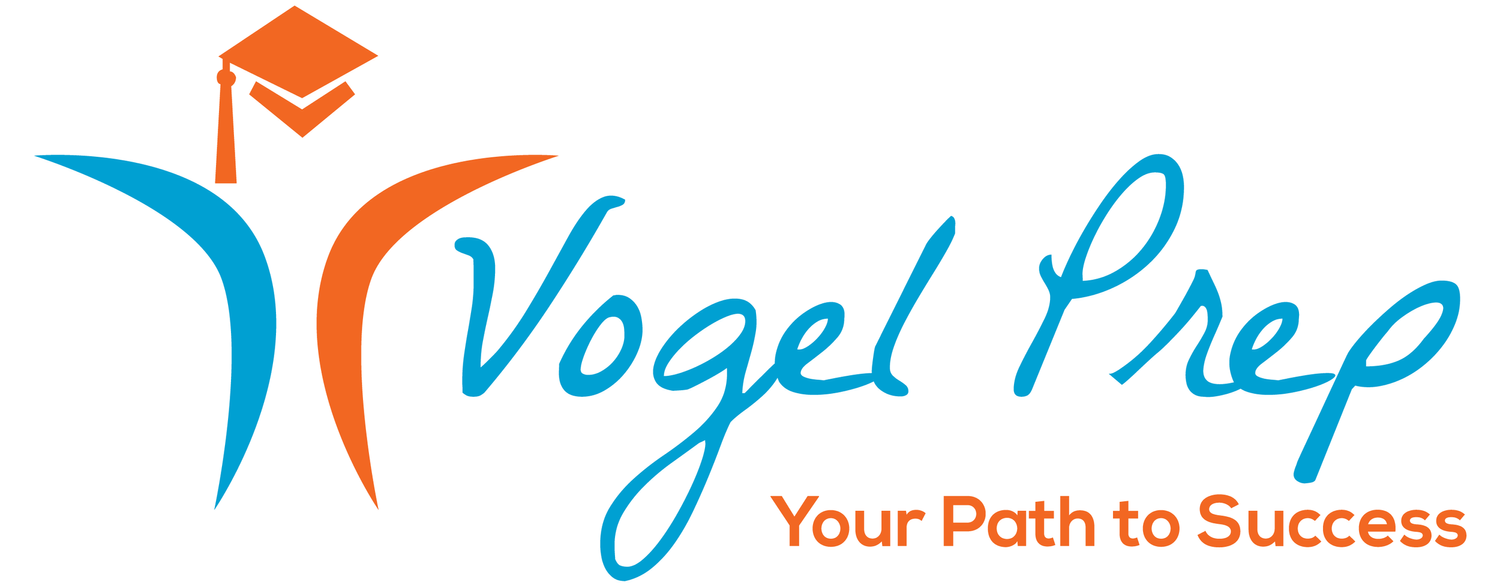Attention Sophomores and Juniors who took the PSAT in October 2018!
Both Sophomores and Juniors are eligible to take the PSATs. Scores will be out in just a few days. If your student took the PSAT you want to look at the overall results to evaluate their comfort level with standardized testing as well as any potential strengths and weaknesses. If your Junior took the PSAT in October, you may want to compare the results with previous years and also assess if they qualify to enter the 2020 National Merit Scholarship competition.
Regardless of whether your student is a Sophomore or a Junior, PSAT scores should provide parents and students an understanding of where students might be in terms of College Readiness and potential future College Entrance Exams at the time of the test. Here are some of the major insights that could help evaluate the situation:
Assess Your Student’s Strengths and Weaknesses at Macro and Micro Levels
Looking at scores you can evaluate how are students doing in the major categories of the PSAT: Evidence Reading and Writing or Math. Each category ranges from 160 to 760. Then they add up the maximum score of 1520. You should then look deeper:
Are scores meeting or exceeding the benchmark standard for each category?
Check each subcategory (Reading, Writing and Language and Math) to see if the scores fit within the readiness area. Each subcategory will have a score range from 8 to 38.
Check scores in the cross categories analysed namely: Science and History/Social Science. Scores here will also range from 8 to 38. They will indicate if you might have a weakness in material related to either the natural science or social sciences.
If you have scores for consecutive years - are the scores moving between grades? Sometimes scores might go down if students are not using the material tested on these tests. For example, an advanced math student might not be doing basic math and may regress because the material tested is too far from his current knowledge base. Thus, they will need some review of the basic material to have it close to mind for these tests.
Taking the PSAT in both sophomore and junior years can help students determine where their skills and aptitude are up to par against all students in the same graduating class. Though the Junior Year results of the PSAT/NMSQT are vital in qualifying for scholarships and National Merit Finalist status, it also serves another purpose: helping students understand their performance and where they might improve. At the very minimum, it should help identify the areas where you need to strengthen for any future college entrance exams.
Determine How a Student Will Do on the SAT
The PSAT can be a great tool in predicting how a student will do in a future SAT. Since the major revision for the PSAT and SAT in 2016, both the PSAT and SAT are on the same vertical scale, though their ranges differ slightly. Math and Verbal Skills Sections range from 160 to 760 on the PSAT and from 200 to 800 for the SAT. This also means that a score of 500 on a PSAT section could predict an equivalency of 500 on the SAT section. Since the final score on both the PSAT and SAT is the sum of both sections (Math and Verbal). The maximum scores are 1520 for the PSAT and 1600 for the SAT.
Learn About the National Merit Scholarship Process
Sophomores that received high overall scores on their PSAT, along with a high Selection Index Score, should consider preparing to take the PSAT again during their junior year, in order to be eligible for the National Merit Scholarship Program (NMSP). Every year, about 1.5 -1.7 million students participate in the National Merit Scholarship process, but only those who score in the top 4% (beyond a certain threshold, which varies by state) on the PSAT/NMSQT will qualify to be National Merit participants. This represents about 50,000 students become semifinalist that will qualify for any kind of National Merit Program recognition. In order for these participants to continue on to the next phase of the process, they must meet certain academic requirements specified by the NMSP including a comprehensive follow-up application, high academic performance, recommendations and staring in 2018 taking either an SAT or an ACT to confirm their scores for the class of 2020. The finalists are determined in March of the student’s graduating year.
Learn About Your Student’s National Merit Scholarship Options
In addition to qualifying for a variety of scholarships offered though the NMSC (totaling $43 million), National Merit Semifinalists and Finalists are typically awarded larger scholarship sums. What’s more, they are often solicited as applicants by the 1,100+ colleges and universities that are privy to a student’s PSAT results—that is, if your student opts in to the College Board’s Student Search Service, free of charge.
While this introductory phase of the college test prep process might seem somewhat overwhelming as scores begin to roll in, the PSAT offers a unique opportunity for students to make their mark from the get-go. At Vogel Prep Tutors, we provide an array of PSAT, SAT, and ACT prep for students, including small group classes, one-on-one tutoring, and fully customized study strategies. No matter what your child’s learning style, strengths, weaknesses, or goals may be, the PSAT is a perfect entry point in which to build positive prep habits and create real results.
Vogel Prep serves students in the Phoenix area, including those from Scottsdale, Arcadia, Cave Creek, Paradise Valley and Fountain Hills, looking to improve their scores for PSAT, SAT and ACT, AP Exams and many more tests. Our tutoring center is conveniently located at 13951 N. Scottsdale Rd. Suite 211 in Scottsdale. Vogel Prep also provides academic advising services to students and their families.
Visit www.vogelprep.com, call 480-990-7374 or email info@vogelprep.com

